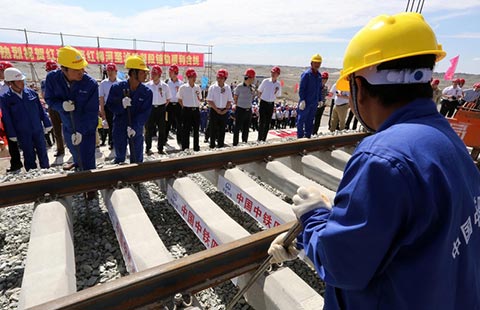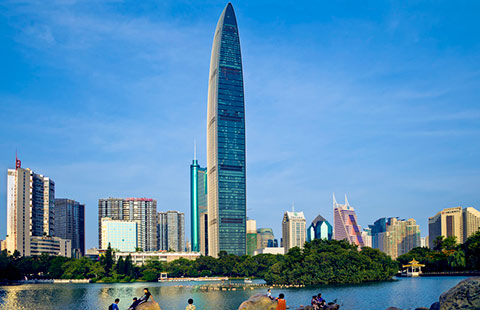Auto manufacturing plants to disappear in Australia
(Agencies) Updated: 2014-07-02 12:09But since 2000, the value of the Australian dollar has surged, weakening the competitiveness of the country's export industries. The Australian dollar currently trades at about A$0.94 to $1, or about 70 percent higher than around 2001.
An official of Toyota's local unit said the situation "is far from ideal for us".
The value of the Australian dollar has risen because emerging countries have bought an increasing volume of iron ore, coal and other natural resources, which are abundant in Australia, and the prices of the products have also risen.
|
 |
Automakers continued production in Australia despite these factors because deficits from the high costs were offset by subsidies from the government. However, a conservative alliance led by the Liberal Party of Australia took power in a general election in September last year, and decided to end the subsidies.
An official of the Australian Manufacturing Workers' Union criticised the government, saying that it had deprived the Australian automobile industry of a future. But Australia's manufacturing industries' share of the country's gross domestic product is now about 8 percent, compared with about 30 percent in the 1960s.
The current Australian administration reached a basic agreement with Japan in their bilateral economic partnership agreement talks, and accepted a demand to abolish Australia's import tariffs on cars. The Australian government is also making progress in negotiations on the Trans-Pacific Partnership free trade agreement and aims to promote exports of beef, dairy products and natural resources.
The Australian government has said it would give up on industries that have lost their competitiveness and boost growth in industrial sectors that are expected to be strong in the future.
Service industries, such as education and financial institutions, now account for nearly 70 percent of the country's GDP.
Paul Bloxham, chief economist of HSBC, a British-based major financial group, said that although Australia's manufacturing industries will continue to shrink, its service industries will grow. He believed that other industries in the country could absorb workers whose jobs will be lost in the manufacturing sector.
- Australian Labor Party plan raises Chinese investment threshold to A$1 billion
- GIC, Olympus Capital invest in dairy farm operator in China
- Total in talks with PetroChina to sell China refinery stake
- Wanda's IPO junked by regulator
- Architectural marvel or fumble: weird buildings in China
- China to strengthen media cooperation along Silk Road Economic Belt
- Fourth Peugeot-Dongfeng China plant gets green light
- State Council wants innovation-driven growth, tourism development


















